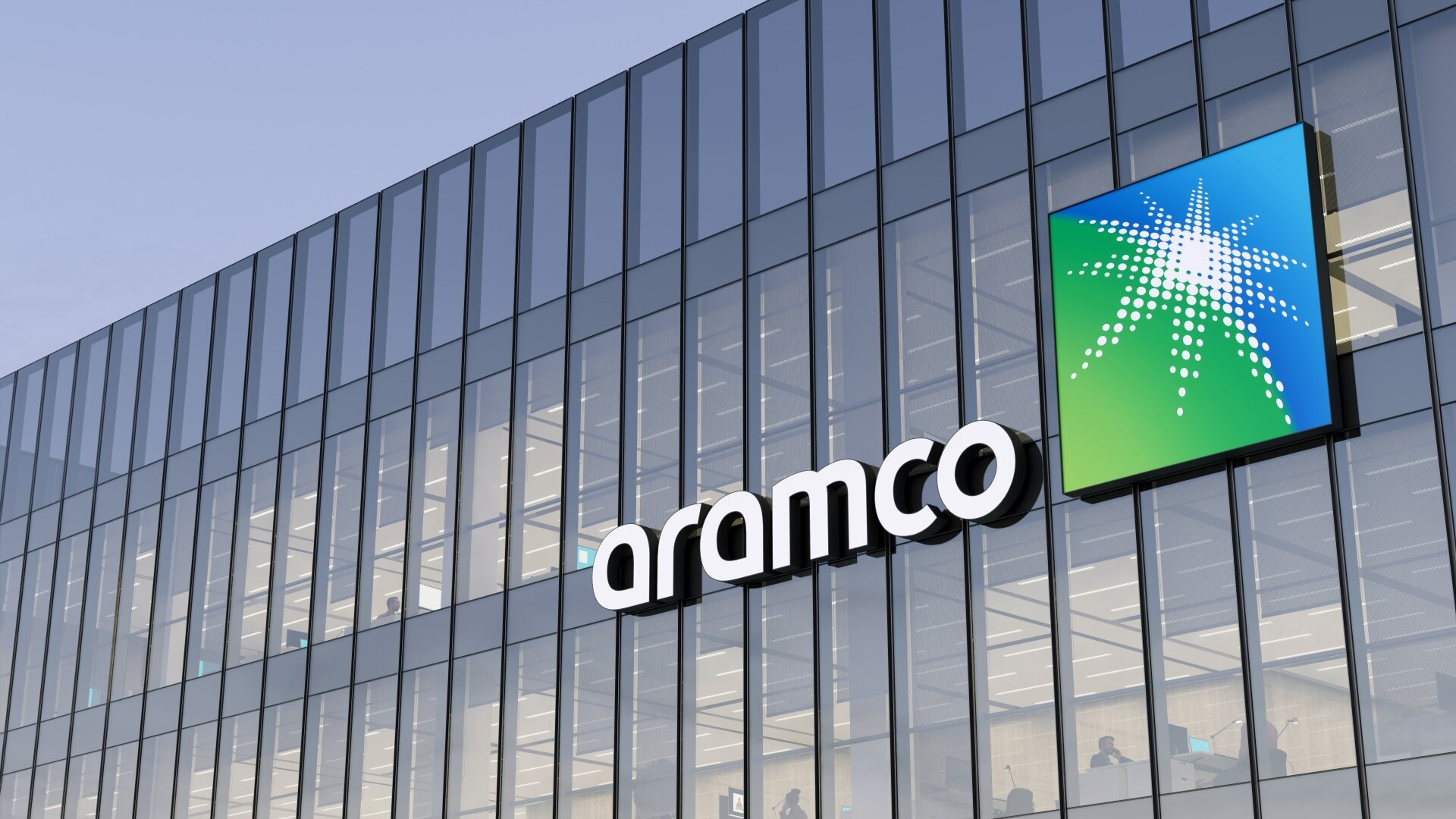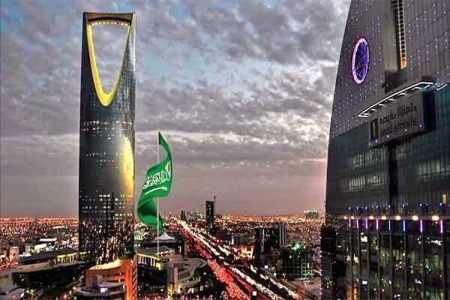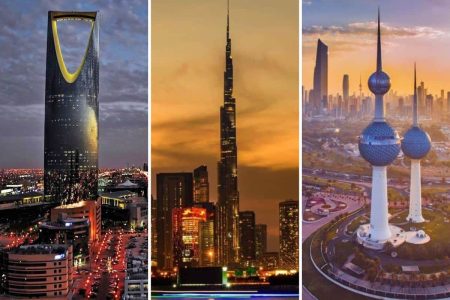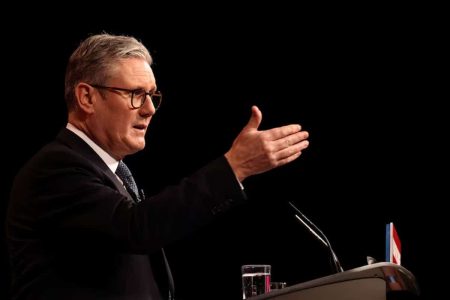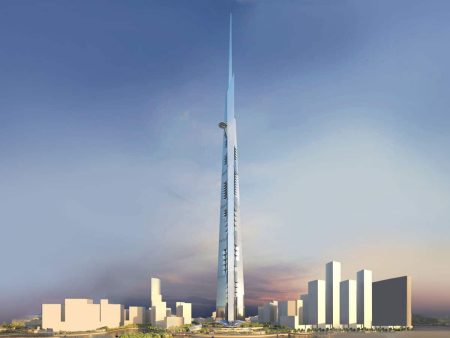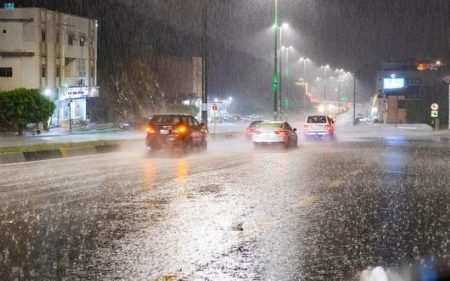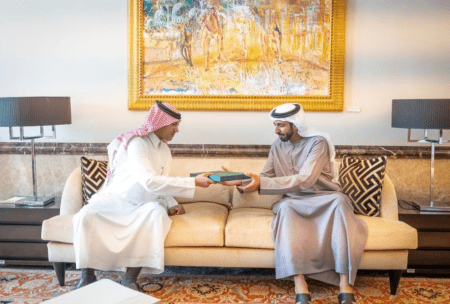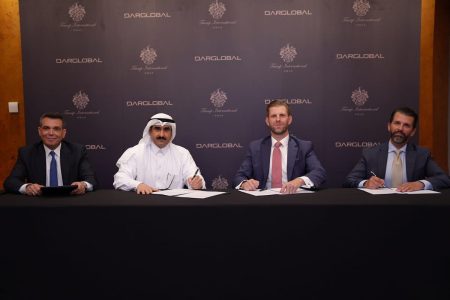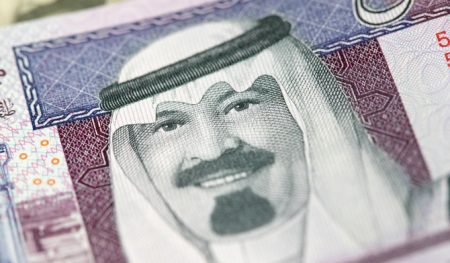What To Know
- The country estimates that by 2030 its gas production may be insufficient to meet the kingdom’s expanding energy needs, let alone export in addition to electricity consumption and an increase in the use of gas as a substitute for oil in electricity generation.
- These investments as Saudi Arabia tries its best to become one of the largest exporters of gas not only serve as measures for the country’s economy to diversify and increase the capacity of dealing with risks and shocks but also coincide with global energy security goals.
- The kingdom’s move toward the value-added phase of the conversion of its oil wealth into gas aligns with global energy trends especially in the wake of conflict that can disrupt the supply of conventional energy resources.
Saudi Arabia which been a key exporter of crude oil is now aiming to be a major producer and exporter of natural gas by the year 2030. Of course, Saudi Arabia can be considered the ninth largest global gas producer, supplying mostly domestic needs, although in the framework of specific ‘Vision 2030’ there are plans to increase commodity production and export.
Saudi Aramco for Hydrocarbon is one of the largest firms in the country, which unveiled over $25 billion strategy to enhance the firm’s gas segment. Such plans include huge capital expenditure of 3,340 Million USD for increasing the capacity of the Kingdom’s gas network through the third phase of the Master Gas System (MGS). This continues will create 4000 km of pipelines and 17 new gas compression trains, of which increases the operating capacity of about 3. 15 billion standard cubic feet per day and get connected to some additional cities.
Also, regarding the investment, $12. 4 billion is planned to be spent on the second phase of the Jafurah unconventional gas field. This investment covers development of facilities for compressing the gas, pipeline, and the enhancement of the Jafurah Gas Plant. It also entails the construction of the new Riyas NGL fractionation plants in Jubail intended for processing NGLs from Jafurah.
However, more can still be done for the following reasons. The country estimates that by 2030 its gas production may be insufficient to meet the kingdom’s expanding energy needs, let alone export in addition to electricity consumption and an increase in the use of gas as a substitute for oil in electricity generation. Furthermore, learning from new discoveries, it is evident that there are several reserves in the Jafurah field; however, the estimated production may not meet the capacity needed to fully eliminate oil in meeting the nation’s energy demands.
The kingdom’s move toward the value-added phase of the conversion of its oil wealth into gas aligns with global energy trends especially in the wake of conflict that can disrupt the supply of conventional energy resources. These investments as Saudi Arabia tries its best to become one of the largest exporters of gas not only serve as measures for the country’s economy to diversify and increase the capacity of dealing with risks and shocks but also coincide with global energy security goals.
This colossal project shows that Saudi Arabia is willing to transform itself into a more diversified entity capable of making a difference in the energy markets and ready to confront the existing and upcoming energy crises.



